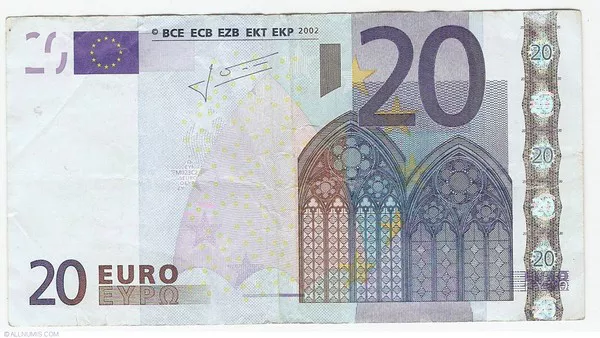During the early European session on Friday, the EUR/USD pair continued its descent, hovering around 1.0808. The resurgence of the US Dollar (USD), buoyed by robust US PMI data, exerted downward pressure on the major currency pair.
Investor focus remains on the upcoming release of German Gross Domestic Product (GDP) figures for the first quarter (Q1), scheduled for Friday. Projections anticipate a 0.2% quarter-on-quarter (QoQ) growth in quarterly GDP, juxtaposed with a 0.2% year-on-year (YoY) contraction in Q1.
The USD gained traction following the release of favorable US economic data on Thursday. The US S&P Global flash May Composite Purchasing Managers Index (PMI) surged to 54.4 in May, marking its highest level since April 2022, up from April’s 51.3. Moreover, the Manufacturing PMI climbed to 50.9 in May from 50.0 in April, while the Services PMI rose to 54.8 from the previous reading of 51.3, surpassing market expectations. Additionally, the weekly Initial Jobless Claims for the week ending May 18 decreased to 215K, down from 223K in the prior week and below the estimated 220K.
Atlanta Fed President Raphael Bostic’s hawkish stance on Thursday, indicating a potential delay in interest rate cuts due to persistent inflationary pressures, further bolstered the USD against the EUR.
Conversely, mounting speculation surrounding the European Central Bank (ECB)’s inclination towards interest rate cuts before the Federal Reserve, contributed to downward pressure on the EUR. ECB President Christine Lagarde expressed confidence in Eurozone inflation being manageable and hinted at the likelihood of an interest rate cut next month. Current financial market data from LSEG suggests a pricing in of a 25 basis point (bps) cut by the ECB in June.
The interplay of these factors continues to shape the dynamics of the EUR/USD pair, with the USD’s strength and ECB’s dovish stance contributing to its downward trajectory.


























